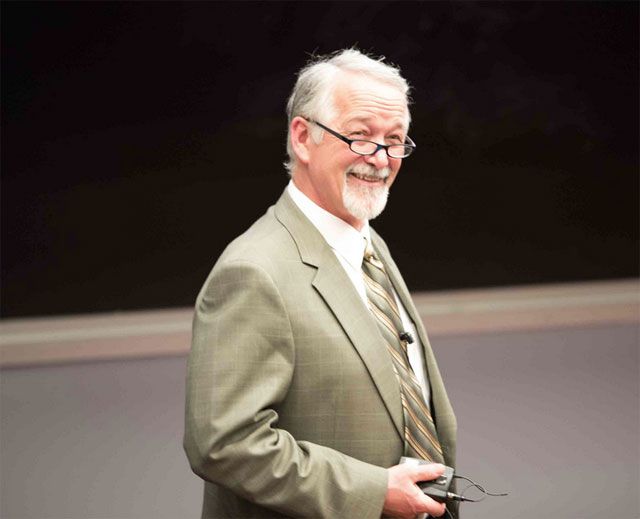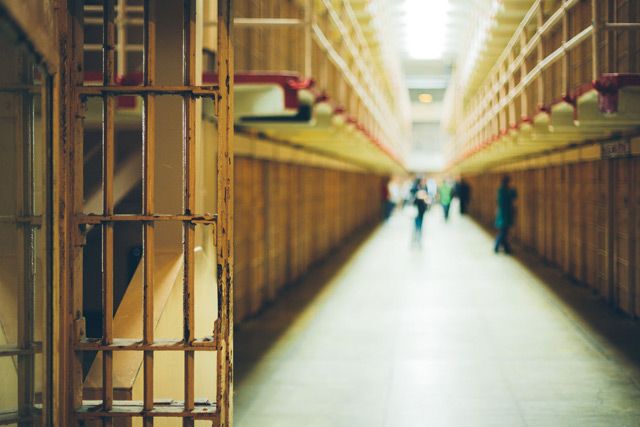Incarceration sounds simple: Throw wrongdoers in jail. In practice, it’s complicated, especially for correctional staffers deciding which inmates should go to which facilities.
Such decisions could become more efficient and less costly thanks to an analytical system that specialists in mathematical modeling, optimization, process control and logistics are preparing for the Pennsylvania Department of Corrections.
The challenge, says Tamás Terlaky, the George N. and Soteria Kledaras ’87 Endowed Professor and department chair of industrial and systems engineering, is to meet inmates’ varied needs, which include education, health care, addiction treatment, mental health services and anger management. “Not all prisons have all the necessary facilities,” Terlaky says.
Other considerations come into play. Members of the same street gang—or warring gangs—should not be placed in the same prison. Inmate populations should have a wide age distribution, which tends to promote order. If possible, inmates should be incarcerated close to homes and families.
Traditionally, inmates are assigned manually in a way that relies heavily on staff experience and judgment in sorting through myriad combinations of factors.
“A person with moderate needs may get sent to a prison having all the facilities he requires,” Terlaky says. “The next person with more demanding needs might go to the same facility. By the time a person with severe needs comes along, the best cells are taken.” Such happenstance clogs can result in longer prison terms and higher costs.
In a demonstration project, Terlaky and his colleagues developed a decision-tree process that sequentially makes optimal individual assignments. Now they are developing a large-scale integrated optimization model which balances needs and resources throughout the system. Similar methods are used in industry. Airline crew assignments, for example, factor in pilot qualifications for certain planes or routes, mandated rest time, and crewmembers’ ability to work together.
“Mathematically, the problems are very similar,” Terlaky says. “Yet as far as I know, this approach hasn’t been used for correctional facilities anywhere in the United States.”
Terlaky’s group, which includes Profs. George Wilson and Louis Plebani of industrial and systems engineering and Ph.D. student Mohammad Shahabsafa, has a grant from the Department of Corrections to produce a system that addresses initial assignments and transfers.
“We aim to facilitate the best possible correction for each inmate in the fastest possible time,” Terlaky says. “It’s a unique project with a potentially huge impact."


